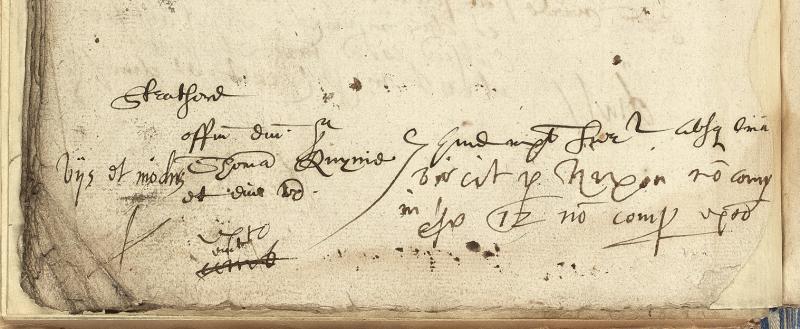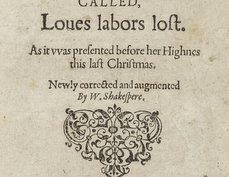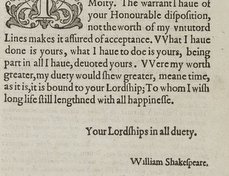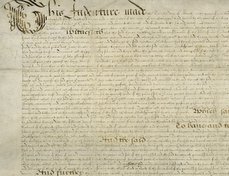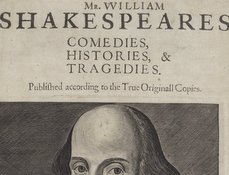Terms of use
The Bishop of Worcester has graciously contributed the above image from his collections to Shakespeare Documented, and retains sole ownership of said image. Visitors may link to and cite the image within Shakespeare Documented in personal research only. Any further use, including, but not limited to, unauthorized downloading or distribution of the image is strictly prohibited. Visitors must request permission from the Bishop of Worcester (care of The Registrar of the Diocese of Worcester, 8 Sansome Walk, Worcester, WR1 1LW, United Kingdom) for any additional use.
Document-specific information
Date: Spring 1616
Repository: The Diocese of Worcester, Worcester, UK
Call number and opening: MS. 802/ BA 2760, Visitation Act Book 1613-17 fol. 27v
In the months after Thomas Quiney’s marriage to Judith Shakespeare, both he and probably his new wife were excommunicated for their failure to respond to the charge that they had not sought a license to marry during Lent, the church season before Easter. In 1616, Lent extended from January 28 to April 7 and the Quineys were married on February 10, 1616.
During the medieval period, Lent was one of the three prohibited seasons. After the Protestant Reformation such restrictions were treated with marked disrespect by militant Puritans, but there was still considerable prejudice against marriage in Lent, especially in its later stages. In Stratford, for example, only four marriages took place in March between 1600 and 1620, and February was also an unpopular month. This customary reluctance to marry as Easter drew near encouraged church authorities to request licenses from those who still wished to marry during Lent. However, the lack of any canonical requirement for this practice aroused suspicions that officials were merely interested in collecting the license fees.
In 1616, two other Stratford couples were married early in Lent, on February 3 and February 5. While it is possible that these couples had sought licenses, it is at least evident that there was no absolute ban against marriage at that time. However, Quiney had not sought a license, and the local apparitor , William Nixon, cited him for this oversight in the bishop’s court.
The entry in the bishop of Worcester’s register, shown here, presents several difficulties. It is heavily abbreviated, cannot be dated with certainty, and includes multiple later additions. The entry occurs in the register between entries dated February 9 and May 11. The figure “12” could therefore indicate March 12 or April 12, although the use of Arabic, as opposed to Roman, numerals in this register would be unusual. The alternative, February 12, was most likely too soon after the couples’ marriage on February 10 for the summons to have been issued . The additions to the entry confirm that both Quiney and Judith , had been twice summoned before the court. On their failure to appear, at least Thomas was excommunicated but the abbreviation of the last word to “exco” leaves open the issue of whether Judith suffered the same fate.
The Quineys apparently paid little attention to the summons. A marginal note marks that the citation had been served “viis et modis” (by ways and means), a phrase used by the church courts to indicate that, on the failure to deliver the citation personally, it was instead displayed in a public place. It is likely that Quiney paid a fine to have the “sentence” lifted, but of this there is no evidence.
This citation was issued at an awkward moment for the Quineys, and may even have been deliberately intended to cause maximum embarrassment. On March 26 of the same year, Quiney was also cited in the Stratford Peculiar Court, this time for incontinence with Margaret Wheeler, either shortly before or shortly after the charge relating to his marriage.
Last updated May 17, 2016

